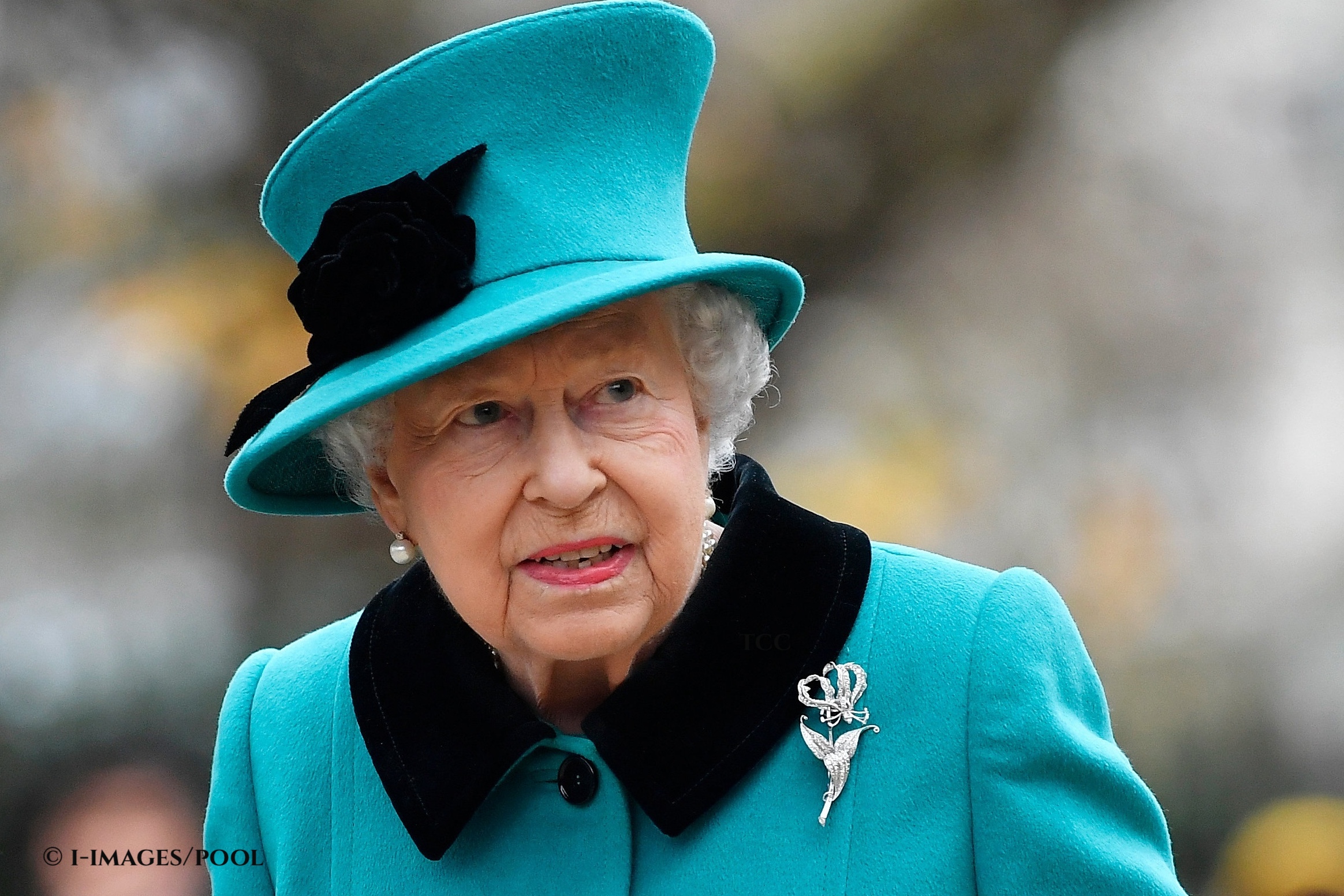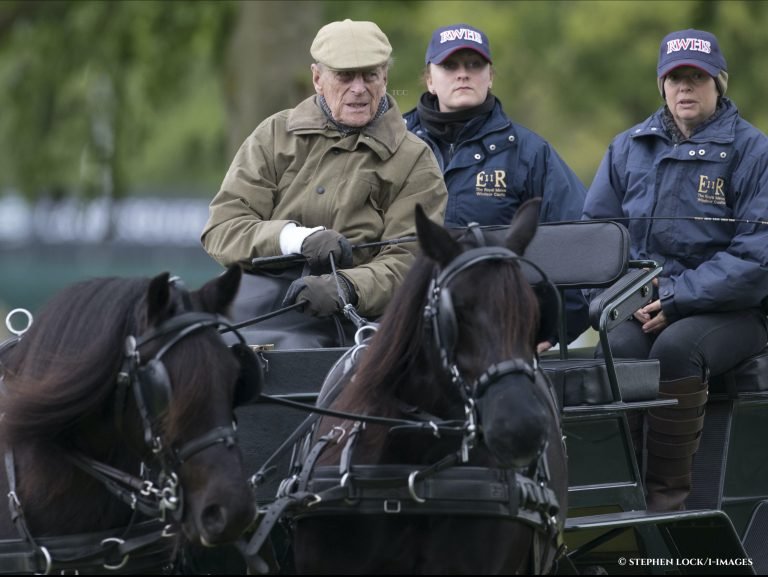In our second piece on the ‘Palace of the Peaks’, Chatsworth House, we look at the life of the late Dowager Duchess, Deborah – or ‘Debo’ as she was known during her remarkable 94 years. It could quite easily be claimed that Deborah Cavendish was the architect behind much of the experience the modern day visitor has at Chatsworth.
Born Deborah Vivien Freeman-Mitford in March 1920, she was the sixth daughter of the eccentric 2nd Lord Redesdale and Sydney Bowles. Her older sisters, all of whom attained varying degrees of notoriety became collectively known as the Mitford Sisters – the original ‘It Girls’ of the 1920s and 1930s. They led controversial, but celebrated and stylish lives.
Caricatured by The Times journalist, Ben Macintyre, as “Diana the Fascist, Jessica the Communist, Unity the Hitler-lover; Nancy the Novelist; Deborah the Duchess and Pamela the unobtrusive poultry connoisseur”, in adulthood the siblings became scandalised for their public political divisions between communism and fascism.
At the outbreak of the Second World War, their political views became acutely more apparent. Their father, known as “Farve” remained a conservative, but their mother, Sydney, or “Muv” supported her fascist daughters, and the couple separated in the late 1940s.
In 1937, aged 17, Debo was taken by her mother on a trip to Austria, to visit her brother Tom, who was living there at that time, and to Germany to visit sister Unity. Unity arranged for the three of them to visit Hitler in Munich, where they spent more than two hours having afternoon tea with the Führer. She later described the fascist leader as ‘not as nice as you think!’.
The following year, 1938, was Debo’s debutante year. She spent the season attending balls and parties, and danced with a young Jack Kennedy, whom she recalled as “being quite boring”.
Jack Kennedy’s sister, Kathleen, married The Duke of Devonshire’s eldest son and heir, William, in 1944. Their marriage was tragically short as he was killed in action only months later. This connection explains why Debo attended JFK’s funeral.
DEBORAH, THE DUCHESS OF DEVONSHIRE AT CHATSWORTH OLD VICARAGE pic.twitter.com/PUAZKX0MsL
— houseandcamp (@houseandcamp) April 17, 2017
These small episodes help to illustrate the late Duchess’s remarkable life – afternoon tea with Hitler, sister in law to a Kennedy – and the leader of the British fascists. A familiar to our Queen her entire reign, and related to Winston Churchill through marriage, there are few figures who have been eye witness to so many major events of the 20th century, or who have been intimates with so many of the century’s leading figures.
‘It girl’ to Duchess
Deborah married Andrew Cavendish in 1941, after she finished studying at the Cordon Bleu school in Paris. He was the second son of The Duke of Devonshire and so was not destined to become a Duke, nor she a Duchess. In 1944, his elder brother was killed in action and he became heir, eventually inheriting the Dukedom, and the vast property portfolio that came with it six years later. The jewel in the crown was Chatsworth House.
Embed from Getty Images
Embed from Getty Images
It is the way in which the new Duchess of Devonshire helped secure the future of the stately pile, both as a financially viable home and national treasure, that is undoubtedly her enduring legacy.
When Debo first saw the house after the war she considered it “sad, dark, cold and dirty. It wasn’t like a house at all, but more like a barracks.”
It had not been redecorated for decades, and during the war had been home to a girls’ boarding school. An option was briefly considered: selling it off to a large corporation to use as its headquarters – not surprising given that the Devonshires faced 80% death duties (roughly £7 million), which took them 17 years to settle, as well as the selling of many priceless works of art that had been in the family for centuries. However, Debo embraced her role of chatelaine gaily, and she set about redecorating the house. “Debo has become the sort of English Duchess who doesn’t feel the cold,” reported sister Nancy, disconsolately.
The Duchess was famed for her modesty and self-deprecating sense of humour. Lucian Freud painted her when she was 34, and Debo would delight in telling the story of how an old woman was heard remarking, as she stood before the painting: “That’s the Dowager Duchess. It was taken the year before she died.” When the painting was completed, Freud allowed the Duke and Duchess to see it at his studio.
“Someone else was already there,” she later recalled. “Andrew looked long at the picture until the other man asked, ‘Who is that?’ ‘It’s my wife.’ ‘Well, thank God it’s not mine’.”
Under the Duchess’s stewardship, the House once again became a wonderfully rich and beautiful home, but she did suffer personal sadness: her first child, born prematurely, died within hours in 1941, and two other births would end the same way.
Embed from Getty Images
Embed from Getty Images
Organised around the ‘Handbook of Chatsworth’ written in 1844 in the form of a letter from the “Bachelor [6th] Duke” to his sister, the book is full of very funny accounts of the foibles of earlier Dukes and Duchesses. Among other stories, it chronicles the war waged against woodworm by the wife of the 9th Duke (the former Lady Evelyn Fitzmaurice). Believing concussion to be the answer, the formidable beldame kept a little hammer in her bag to bang the furniture where they lurked.
The Duchess showed great commercial flair in raising money for the Chatsworth estate, presiding over the bread, cake, jam and chutney industries which grew up to feed the farm shop, which was described by the late Hugh Massingberd in The Daily Telegraph as “every greedy child’s idea of what a shop should be”.
Although the house had been open to the public ever since it was built, it was not until 1947 that the revenue from visitors went towards its upkeep. In 1973, the Duchess set up the farmyard at Chatsworth, “to explain to the children that food is produced by farmers who also look after the land and that the two functions are inextricably mixed”.
It was the Duchess that led the way for the rest of the country’s great houses to follow, keeping the money rolling in and securing the future of houses that are troves full of treasure, but so expensive to run and maintain. Visitors to Chatsworth are able to buy items such as souvenirs, books, porcelain, knitwear, while the Farm Shop sells estate produce. A mail order business was established, along with cafés, restaurants and a commercial catering business.
Chatsworth Carpenters was an especially successful enterprise. The Mitford sister, in her gardener’s apron, was for many years a familiar sight at the Chelsea Flower Show, where she was to be seen busily selling furniture fit for a stately home to the owners of small town gardens.
The 11th Duke once observed: “My wife is far more important to Chatsworth than I am.” He added: “She is on the bossy side, of course; but I’ve always liked that in a woman.” She dealt heroically with her husband’s philandering nature and his weakness for alcohol, and the marriage was overall a happy one.
Her devotion to making Chatsworth a viable financial concern was well rewarded in 1981 when a charitable trust, capitalised by the sale of certain treasures, was established to preserve the house for posterity, with its ornate ceilings, intricately carved stone interiors and historic links.
After her husband’s death in 2004, she published a poignant tribute in ‘Memories of Andrew Devonshire’ (2007). Other publications included ‘In Tearing Haste: Letters between Deborah Devonshire and Patrick Leigh Fermor’ (2008); ‘Home to Roost … and Other Peckings’ (2009), a collection of occasional writings; and ‘Wait for Me!… Memoirs of the Youngest Mitford Sister’ (2010).
The Duchess claimed to buy most of her clothes at agricultural shows, saying: “After agricultural shows, Marks & Spencer is the place to go shopping, and then Paris. Nothing in between seems to be much good.”
Her dislikes included magpies; women who want to join men’s clubs; hotel coat-hangers; and drivers who slow down to go over cattle grids. She regretted the passing of brogues, the custom of mourning, telegrams, the 1662 Prayer Book, pinafores for little boys and Elvis Presley (“the greatest entertainer ever to walk on a stage”).
In 1999, Debo Devonshire was appointed DCVO, a Dame Grand Cross of the Royal Victorian Order; this was a personal gift from the Monarch. Her relationship with royalty was such that Prince Charles and The Duchess of Cornwall attended her funeral, looking visible saddened.
Deborah, Dowager Duchess of Devonshire, born 31 March 1920, died 24 September 2014 – a remarkable custodian of a wonderful house.
She left behind an amazing collection of jewellery, and a legacy for which Chatsworth will forever be grateful.









